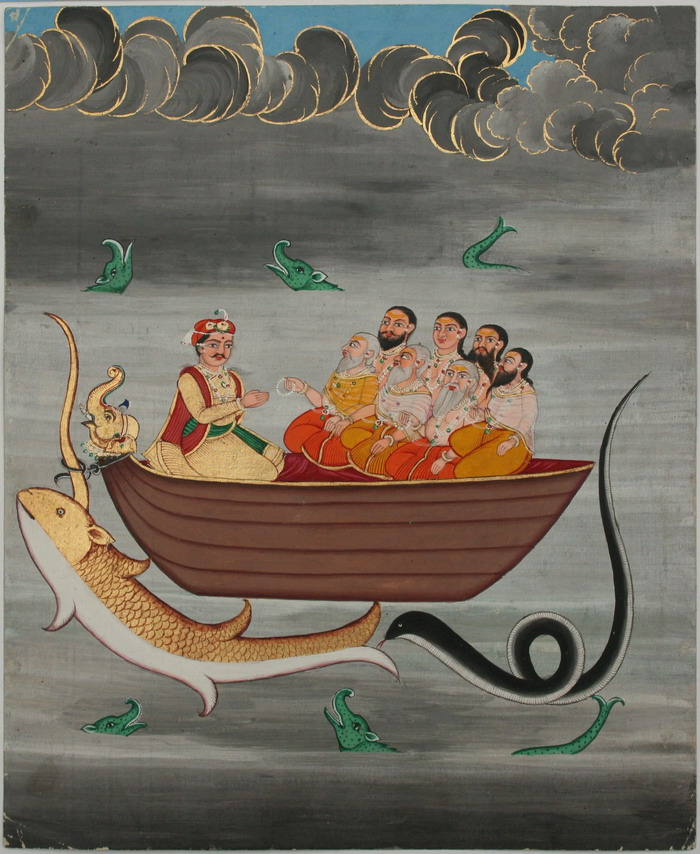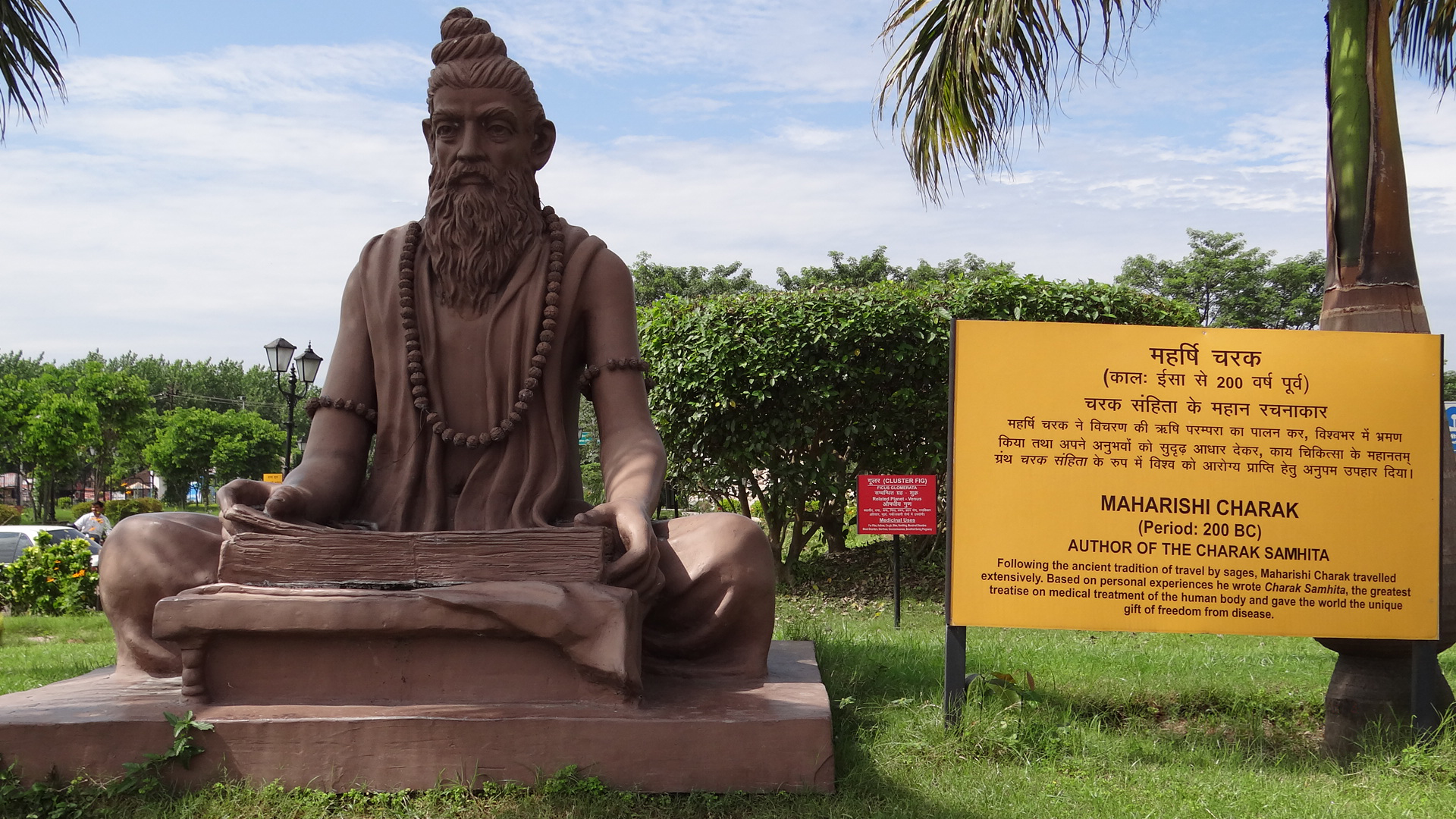|
Prātiśākhya
Pratishakhya ( '), also known as Parsada ('), are Vedic-era manuals devoted to the precise and consistent pronunciation of words. These works were critical to the preservation of the Vedic texts, as well as the accurate ritual recitations and analyses of the Vedas, particularly when isolated words interact after they have been joined in ''sandhi'' procedures. Each Vedic school (''parisad'', or ''parsad'') and geographic branch ('' sakha'') developed their own manuals, explaining why they have come to be called ''parsada'' or ''pratisakhya''. The manuals are parts of the Shiksha Vedanga: works dealing with the phonetic aspects of the Sanskrit language used in the Vedas. Each Veda has a ''pratishakhya'' for each school. Many ''pratishakhyas'' have survived into the modern age, and, according to Hartmut Scharfe, all except one (''Taittiriya pratisakhya'') are based upon "recitation of isolated words". Pratishakhyas begin with word-for-word recitation, and then supply rules for the ... [...More Info...] [...Related Items...] OR: [Wikipedia] [Google] [Baidu] |
Shaunaka
Shaunaka (, ) is the name applied to teachers, and to a Shakha of the Atharvaveda. It is especially the name of a celebrated Sanskrit grammarian, author of the , the , the , six Anukramaṇīs (indices) to the Rigveda, and the Vidhāna of the Rigveda. He is the teacher of Katyayana and Ashvalayana and is said to have combined the Bashkala and Shakala Shakhas of the Rigveda. In the Mahabharata, Mahabarata, he is identified as the son of Ruru and Pramadvara, and in the Bhagavata Purana, he is identified as the grandson of Gritsamada and son of Sunaka, who belongs to the Bhrigu dynasty. Literature According to the Vishnu Purana, Shaunaka was the son of Gritsamada and invented the system of the four levels of human life. Sūta mahamuni narrated mythological stories to a group of sages headed by Shaunaka maha muni. According to Vishnumitra of Champa town, the commentator of 's commentary of , is attributed to Shaunaka who taught it to others in a satra-yajna (a 12-day very large sc ... [...More Info...] [...Related Items...] OR: [Wikipedia] [Google] [Baidu] |
Rishi
In Indian religions, a ''rishi'' ( ) is an accomplished and enlightened person. They find mention in various Vedic texts. Rishis are believed to have composed hymns of the Vedas. The Post-Vedic tradition of Hinduism regards the rishis as "great yogis" or "sages" who after intense meditation (Tapas (Sanskrit), tapas) realized the supreme truth and eternal knowledge, which they composed into hymns.Hartmut Scharfe (2002), Handbook of Oriental Studies, BRILL Academic, , pp. 13–15. The term appears in Pali literature as Ishi; in Buddhism they can be either Buddhas, Pratyekabuddha, Paccekabuddhas, Arhat, Arahats or a Buddhist monasticism, monk of high rank. Etymology According to Indian tradition, the word may be derived from two different meanings of the root 'rsh' (). Sanskrit grammarians derive this word from the second meaning: "to go, to move". V. S. Apte gives this particular meaning and derivation, and Monier-Williams also gives the same, with some qualification. Another ... [...More Info...] [...Related Items...] OR: [Wikipedia] [Google] [Baidu] |
Phonetics
Phonetics is a branch of linguistics that studies how humans produce and perceive sounds or, in the case of sign languages, the equivalent aspects of sign. Linguists who specialize in studying the physical properties of speech are phoneticians. The field of phonetics is traditionally divided into three sub-disciplines on questions involved such as how humans plan and execute movements to produce speech (articulatory phonetics), how various movements affect the properties of the resulting sound (acoustic phonetics) or how humans convert sound waves to linguistic information (auditory phonetics). Traditionally, the minimal linguistic unit of phonetics is the phone (phonetics), phone—a speech sound in a language which differs from the phonological unit of phoneme; the phoneme is an abstract categorization of phones and it is also defined as the smallest unit that discerns meaning between sounds in any given language. Phonetics deals with two aspects of human speech: production ( ... [...More Info...] [...Related Items...] OR: [Wikipedia] [Google] [Baidu] |
Hindu Texts
Hindu texts or Hindu scriptures are manuscripts and voluminous historical literature which are related to any of the diverse traditions within Hinduism. Some of the major Hindus, Hindu texts include the Vedas, the Upanishads, and the Itihasa. Scholars hesitate in defining the term "Hindu scriptures" given the diverse nature of Hinduism,Dominic Goodall (1996), Hindu Scriptures, University of California Press, , p. ix–xliii but many list the Āgama (Hinduism), Agamas as Hindu scriptures,Klaus Klostermaier (2007), A Survey of Hinduism: Third Edition, State University of New York Press, , pp. 46–52, 76–77 and Dominic Goodall includes Bhagavata Purana and Yajnavalkya Smriti in the list of Hindu scriptures as well. History There are two historic classifications of Hindu texts: ''Śruti, Shruti'' (Sanskrit: श्रुति, ) – that which is heard, and ''Smriti'' (Sanskrit: स्मृति, IAST: ''Smṛti'') – that which is remembered. The ''Shruti'' texts refer to th ... [...More Info...] [...Related Items...] OR: [Wikipedia] [Google] [Baidu] |
Atharva Veda
The Atharvaveda or Atharva Veda (, , from ''wikt:अथर्वन्, अथर्वन्'', "priest" and ''wikt:वेद, वेद'', "knowledge") or is the "knowledge storehouse of ''wikt:अथर्वन्, atharvans'', the procedures for everyday life".Laurie Patton (2004), "Veda and Upanishad," in ''The Hindu World'' (Editors: Sushil Mittal and Gene Thursby), Routledge, , page 38 The text is the fourth Veda, and is a late addition to the Vedic scriptures of Hinduism.Laurie Patton (1994), ''Authority, Anxiety, and Canon: Essays in Vedic Interpretation,'' State University of New York Press, , page 57 The language of the Atharvaveda is different from Rigvedic Sanskrit, preserving pre-Vedic Indo-European archaisms. It is a collection of 730 Music of India#History, hymns with about 6,000 mantras, divided into 20 books.Maurice Bloomfield''The Atharvaveda'' Harvard University Press, pages 1-2 About a sixth of the Atharvaveda texts adapt verses from the Rigveda, and exce ... [...More Info...] [...Related Items...] OR: [Wikipedia] [Google] [Baidu] |
American Oriental Society
The American Oriental Society is a learned society that encourages basic research in the languages and literatures of the Near East and Asia. It was chartered under the laws of Massachusetts on September 7, 1842. It is one of the oldest learned societies in the United States and is the oldest devoted to a particular field of scholarship. The society encourages basic research in the languages and literatures of the Near East and Asia and covers subjects such as philology, literary criticism, textual criticism, paleography, epigraphy, linguistics, biography, archaeology, and the history of the intellectual and imaginative aspects of Eastern civilizations, especially of philosophy, religion, folklore and art. It is closely associated with Yale University, which is the site of its library. The society publishes a journal quarterly, the '' Journal of the American Oriental Society'', the most important American serial publication in the historical languages of Asia. Former presidents ... [...More Info...] [...Related Items...] OR: [Wikipedia] [Google] [Baidu] |
Yajur Veda
The ''Yajurveda'' (, , from यजुस्, "worship", and वेद, "knowledge") is the Veda primarily of prose mantras for worship rituals.Michael Witzel (2003), "Vedas and Upaniṣads", in ''The Blackwell Companion to Hinduism'' (Editor: Gavin Flood), Blackwell, , pages 76–77 An ancient Vedic Sanskrit text, it is a compilation of ritual-offering formulas that were said by a priest while an individual performed ritual actions such as those before the yajna fire. Yajurveda is one of the four Vedas, and one of the scriptures of Hinduism. The exact century of Yajurveda's composition is unknown, and estimated by Witzel to be between 1200 and 800 BCE, contemporaneous with Samaveda and Atharvaveda. The Yajurveda is broadly grouped into two – the "black" or "dark" (''Krishna'') Yajurveda and the "white" or "bright" (''Shukla'') Yajurveda. The term "black" implies "the un-arranged, unclear, motley collection" of verses in Yajurveda, in contrast to the "white" which implies t ... [...More Info...] [...Related Items...] OR: [Wikipedia] [Google] [Baidu] |
French Language
French ( or ) is a Romance languages, Romance language of the Indo-European languages, Indo-European family. Like all other Romance languages, it descended from the Vulgar Latin of the Roman Empire. French evolved from Northern Old Gallo-Romance, a descendant of the Latin spoken in Northern Gaul. Its closest relatives are the other langues d'oïl—languages historically spoken in northern France and in southern Belgium, which French (Francien language, Francien) largely supplanted. It was also substratum (linguistics), influenced by native Celtic languages of Northern Roman Gaul and by the Germanic languages, Germanic Frankish language of the post-Roman Franks, Frankish invaders. As a result of French and Belgian colonialism from the 16th century onward, it was introduced to new territories in the Americas, Africa, and Asia, and numerous French-based creole languages, most notably Haitian Creole, were established. A French-speaking person or nation may be referred to as Fra ... [...More Info...] [...Related Items...] OR: [Wikipedia] [Google] [Baidu] |
Max Müller
Friedrich Max Müller (; 6 December 1823 – 28 October 1900) was a German-born British comparative philologist and oriental studies, Orientalist. He was one of the founders of the Western academic disciplines of Indology and religious studies. Müller wrote both scholarly and popular works on the subject of Indology. He directed the preparation of the ''Sacred Books of the East'', a 50-volume set of English translations which continued after his death. Müller became a professor at Oxford University, first of modern languages, then Diebold Professor of Comparative Philology, of comparative philology in a position founded for him, and which he held for the rest of his life. Early in his career he held strong views on India, believing that it needed to be transformed by Christianity. Later, his view became more nuanced, championing ancient Sanskrit literature and India more generally. He became involved in several controversies during his career: he was accused of being a ... [...More Info...] [...Related Items...] OR: [Wikipedia] [Google] [Baidu] |
German Language
German (, ) is a West Germanic language in the Indo-European language family, mainly spoken in Western Europe, Western and Central Europe. It is the majority and Official language, official (or co-official) language in Germany, Austria, Switzerland, and Liechtenstein. It is also an official language of Luxembourg, German-speaking Community of Belgium, Belgium and the Italian autonomous province of South Tyrol, as well as a recognized national language in Namibia. There are also notable German-speaking communities in other parts of Europe, including: Poland (Upper Silesia), the Czech Republic (North Bohemia), Denmark (South Jutland County, North Schleswig), Slovakia (Krahule), Germans of Romania, Romania, Hungary (Sopron), and France (European Collectivity of Alsace, Alsace). Overseas, sizeable communities of German-speakers are found in the Americas. German is one of the global language system, major languages of the world, with nearly 80 million native speakers and over 130 mi ... [...More Info...] [...Related Items...] OR: [Wikipedia] [Google] [Baidu] |
1665 CE Manuscript Copy, Dasatayi Pratisakhya Saunakacharya 11th Century BCE Rigveda, Schoyen Collection Norway
Events January–March * January 5 – The ''Journal des sçavans'' begins publication of the first scientific journal in France. * February 15 – Molière's comedy '' Dom Juan ou le Festin de pierre'', based on the Spanish legend of the womanizer Don Juan Tenorio and Tirso de Molina's Spanish play ''El burlador de Sevilla y convidado de piedra'', premieres in Paris at the Théâtre du Palais-Royal. * February 21 – In India, Shivaji Bhonsale of the Maratha Empire captures the English East India Company's trading post at Sadashivgad (now located in the Indian state of Karnataka). * February – In England, Dr. Richard Lower performs the first blood transfusion between animals. According to his account to the Royal Society journal ''Philosophical Transactions'' in December, Dr. Lower "towards the end of February... selected one dog of medium size, opened its jugular vein, and drew off blood, until its strength was nearly gone. Then, to make u ... [...More Info...] [...Related Items...] OR: [Wikipedia] [Google] [Baidu] |




